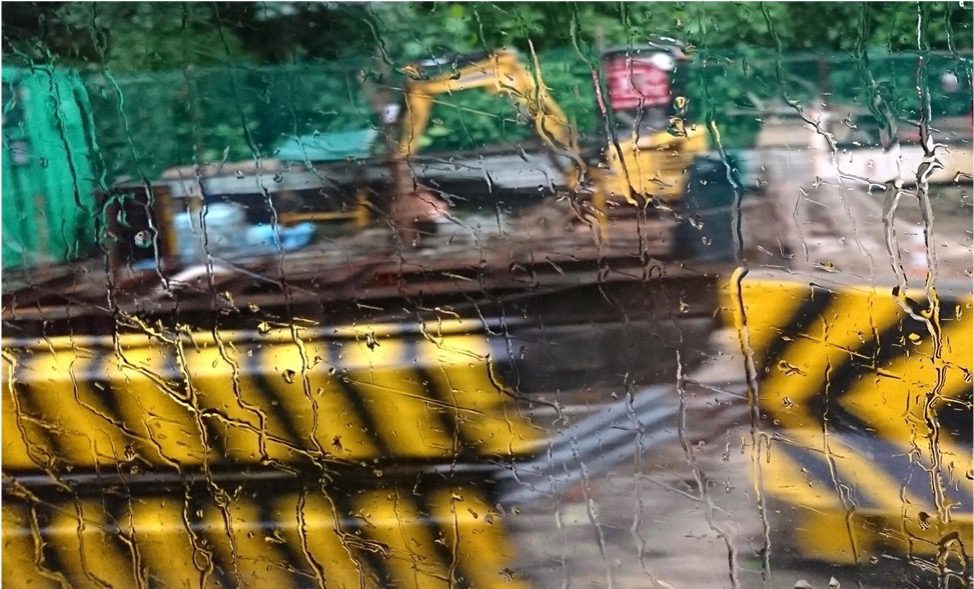The coming winter, with its rains and current economic pressures, is a time of heightened danger for Kiwi workers who are still too ready to cut corners to save time but end up losing their lives instead.
Jason Braithwaite, the General Manager of New Zealand health and safety training provider Besafe Training Ltd – a company that is an expert in training workers to work safely at heights – is worried that supply shortages will put extreme deadlines and financial pressures on labourers and tradespeople as weather conditions begin to deteriorate ahead of winter.
“We’ve just experienced a prolonged dry period across New Zealand, which means workers will need to get used to working in slippery conditions again. On top of that, not all workers use the proper safety equipment for different situations, and people still tend to cut corners when it comes to safety.
“It is not uncommon for construction workers, those on roofs, on scaffolding or raised platforms, to go by instinct, or the weather report, to gauge wind speed. They should be using an anemometer to measure precise wind speed and pressure as wind can increase the risk of tipping machinery or handling items that are prone to windage.
Braithwaite said workers and companies – under pressure in the current economic climate – will be chasing quotas to earn more money or complete deadlines.
“The coming winter is a potentially toxic cocktail made up of slippery surface conditions, financial pressure and fatigue. For example, workers may be tempted to rush back to work when the rain clears, but that doesn’t solve anything because surface water is the real hazard.”
Braithwaite offers the following advice for companies that want to keep workers productively safe in wet weather:
- Don’t race the clock
Braithwaite said no quota and no deadline – no dollar – is worth more than life.
“In 2004, more than 13 Greek construction workers died because they were racing to complete sites ahead of the Olympic Games. There will always be an Olympic Games, but there’s no getting those lives back.”
- Make better use of technology
He suggested companies aim to work smarter by utilising technology to improve productivity without exposing workers to unnecessary risk.
“For example, if somebody is water blasting a roof, prepare to use a knuckle boom or elevated working platform – which may reduce the risk from rain and slippery surfaces – instead of a ladder. Employ an anemometer to ensure wind speeds and purchase slip-resistant footwear.”
- Be vigilant against cutting corners
It’s always tempting to bypass a safety harness because quickly getting back on the roof for that ‘hammer’ will take just a second, but disaster only takes an instant.
“If workers are unnecessarily rushed, they will bypass time-consuming activities like securing a safety harness, or they will remove eye protection, before working with the grinder – especially if it’s something small that will take just a second. But in those moments of short hurried activity is when tragedy strikes.
“Take as much time as you need to follow safety protocols because you can’t buy back a life,” Braithwaite said.
For more, visit BeSafe: https://besafetraining.co.nz/












